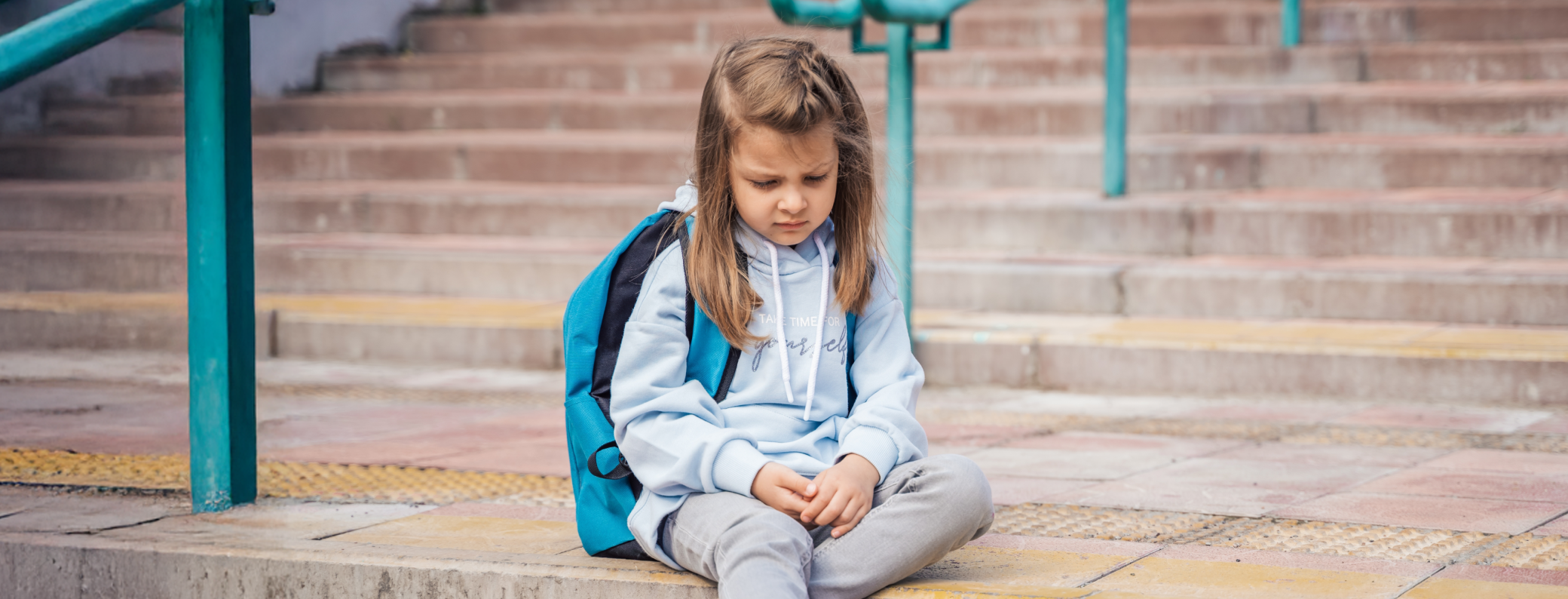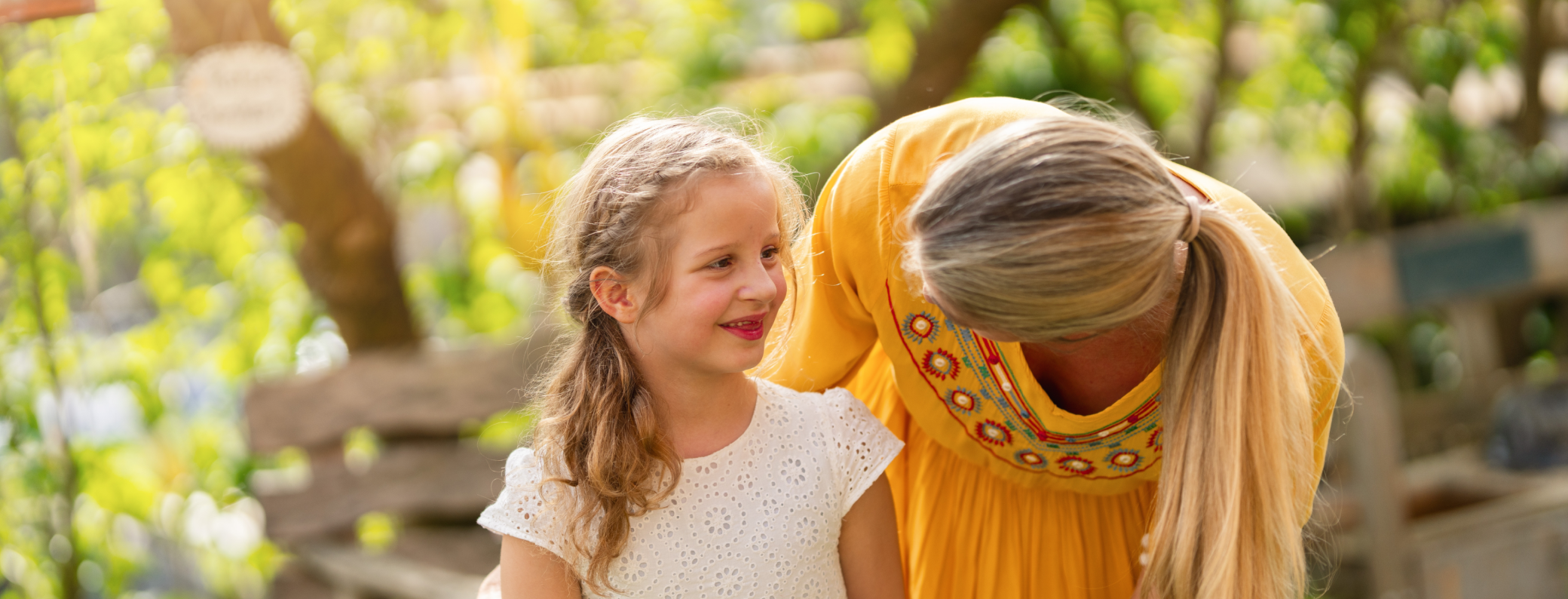Ever noticed how kids are drawn to animals? There’s something magical about the bond between a child and a pet. But beyond the fun and furry cuddles, pets can play an essential role in a child's development. From learning empathy and responsibility to developing emotional intelligence, a pet's presence offers lessons far beyond what we may first realize.
This article explores how pets help shape children’s character, supporting both social and emotional growth.
How Pets Support Emotional and Social Growth in Children
Why Pets Are More Than Just Companions
Pets aren’t just lovable furballs; they’re teachers in disguise. Their presence naturally encourages kids to consider the needs of others and to care about beings outside of themselves. Caring for pets introduces children to concepts like routine, consistency, and nurturing—all crucial for healthy emotional development. It’s no wonder pet-owning families often report a positive impact on children’s behavior and empathy.
The Connection Between Pets and Empathy in Children
Empathy—the ability to understand and share the feelings of another—is an essential social skill. Studies show that children who interact with animals tend to develop stronger empathy. But how does a pet facilitate this growth?
Learning Empathy Through Observing Behavior
Pets, with their expressive behavior, make it easy for children to understand emotions. When a dog wags its tail or a cat purrs, children see direct cause and effect: “I petted him, and now he’s happy.” Such interactions help kids recognize and interpret non-verbal cues, which is the first step to understanding others’ feelings.
Teaching Empathy Through Caring for Needs
With a pet, children learn to consider the needs of others daily. They know when the family dog needs a walk or when the cat needs food, reinforcing the idea that other beings have needs that matter. Over time, this awareness helps build empathy, as children recognize and respect the unique requirements of living beings around them.
How Pets Encourage Responsibility in Children
Owning a pet is a commitment—one that requires consistent attention, care, and responsibility. By assigning kids age-appropriate tasks related to their pet’s care, parents can cultivate a sense of responsibility early on.
Assigning Age-Appropriate Tasks
For younger children, feeding a pet or ensuring they have fresh water are manageable duties. Older kids might take on more, like cleaning a pet's space or taking a dog for a walk. This gradual increase in responsibility teaches kids to handle tasks independently, giving them confidence and self-reliance.
The Reward of Responsibility
With pet care, kids often see a direct reward for their efforts: a happy, healthy animal that’s excited to see them. This positive reinforcement helps them understand the benefits of responsibility, making it more likely they’ll carry this lesson into other areas of their lives.
Building Patience and Resilience Through Pet Ownership
Patience is an essential life skill that pets can help foster in children. Unlike toys or gadgets, animals aren’t always predictable. Training a pet, for example, can be a test of patience, but one that brings significant rewards.
Teaching Patience During Training
Training a pet requires consistency and patience, as animals can’t understand our expectations right away. When children participate in training sessions, they learn the value of perseverance and the importance of not giving up easily. The joy they experience, when a pet learns a new trick, reinforces the idea that effort pays off, an invaluable lesson for life.
Handling Frustration and Learning Resilience
Sometimes, things won’t go as planned—like when a puppy makes a mess indoors. In these moments, children learn to manage their frustration and approach setbacks calmly, a skill that translates well to other challenges they’ll face.
Fostering Communication Skills Through Pet Interactions
Kids often talk to pets freely, creating a non-judgmental space where they can express thoughts and emotions. This interaction strengthens their communication skills and provides a comforting outlet for self-expression.
Practicing Verbal Communication
When children speak to pets, they’re practicing verbal communication in a safe, stress-free environment. Whether they’re giving commands, reading stories, or just chatting, these interactions help kids become more comfortable expressing themselves.
Understanding Non-Verbal Cues
Pets can’t communicate verbally, so children learn to pick up on their body language instead. They begin to understand when a pet feels anxious, happy, or scared just by observing their behavior. This skill of interpreting non-verbal cues is crucial for social interactions with both animals and humans.
Developing a Sense of Compassion Through Pet Ownership
Living with a pet encourages kids to think compassionately, as they’re responsible for the well-being of a creature that relies on them.
The Emotional Bond Between Kids and Pets
Children often form deep emotional bonds with pets, and this connection nurtures compassion. They learn to value and care for their pets as family members, which in turn fosters a sense of kindness and thoughtfulness.
Experiencing Compassion During Tough Times
When a pet is unwell or gets older, children experience feelings of worry and sadness. Guiding children through these tough moments can deepen their sense of compassion, helping them understand that being supportive and gentle is part of caring for someone they love.
Promoting Physical Health and Activity with Pets
A pet can be a catalyst for physical activity, which benefits children’s health and promotes a positive lifestyle.
Encouraging Outdoor Play with Dogs
With a dog in the family, children are more likely to spend time outdoors, whether it’s a walk, a game of fetch, or just running around in the backyard. This regular physical activity contributes to their physical development and overall health.
Creating Routines Around Physical Activity
Routine walks or playtimes with pets also promote consistency. Children learn to stick to a schedule and associate physical activity with positive experiences, building habits that can last a lifetime.
Enhancing Family Bonding and Creating Lasting Memories
Pets aren’t just good for children; they’re great for the whole family. Taking care of a pet together encourages teamwork, and shared responsibility, and brings families closer.
Strengthening Family Connections Through Shared Responsibility
When everyone in the family participates in pet care, it strengthens family bonds. Everyone has a role, and everyone contributes to the pet’s happiness, which fosters a sense of unity and shared purpose.
Building Lasting Childhood Memories
Many people look back fondly on childhood pets and the memories they created together. These experiences become a cherished part of childhood, reminding kids of their compassionate bond with animals well into adulthood.
Instilling Respect for All Living Beings
Growing up with a pet can also teach children to respect nature and all living beings, not just the animals they live with.
Nurturing a Love for Animals and Nature
With a pet, children develop an appreciation for animals and the environment. They learn to value the lives of all creatures, fostering a deeper respect for the natural world.
Inspiring Future Animal Advocates
Some children become so inspired by their bond with pets that they grow up to become advocates for animal welfare, environmental protection, or related fields. It all starts with that first furry friend who opened their heart to compassion.
Conclusion: Pets as Lifelong Teachers for Children
The role of pets in children’s lives goes far beyond companionship. They’re constant, lovable teachers who foster empathy, responsibility, patience, and resilience. Each day spent with a pet offers children a chance to learn something new about kindness, respect, and love—skills that will serve them throughout their lives.
So, the next time your child pets a dog or feeds the family cat, remember they’re building skills and traits that will shape the compassionate, responsible adults they’ll someday become.
Pets are far more than playmates for children—they're mentors in empathy, responsibility, and resilience. Through daily interactions, kids learn to care for another being, respect nature, and grow emotionally, making pets invaluable members of the family and teachers for life.
FAQs
1. How do pets help children develop empathy?
Pets encourage children to recognize and respond to emotions in others. By observing a pet’s behavior, such as a wagging tail when happy or a tucked tail when scared, children start to understand how actions impact emotions. This builds empathy as kids learn to think beyond their own feelings and consider the needs of their pets.
2. What kinds of responsibilities can children take on when caring for a pet?
Depending on their age, children can handle a variety of pet care tasks. Younger children can help with simple duties like feeding or refilling water bowls, while older kids might take on walking, grooming, or cleaning the pet’s space. Assigning these responsibilities helps kids develop a sense of accountability and routine.
3. Can having a pet improve a child’s social skills?
Yes, interacting with pets can improve social skills. Pets encourage verbal and non-verbal communication, teaching children how to read body language and express themselves confidently. Kids often talk freely to pets, which strengthens their communication skills and builds self-assurance in social settings.
4. How can caring for a pet teach children resilience and patience?
Training and caring for a pet requires consistency, patience, and sometimes dealing with setbacks—like when a pet doesn’t respond to training right away. Kids learn that effort and persistence lead to positive results. They also learn to manage frustration, which builds resilience that’s valuable in other areas of life.
5. What benefits do pets provide to a family beyond the child-pet relationship?
Pets bring the whole family together by creating shared responsibilities and memories. Everyone in the household can pitch in, promoting teamwork and strengthening bonds. Having a pet can also encourage outdoor activities and physical playtime, benefiting everyone’s health and creating lasting family memories.
Billing, Invoicing Automation & Smart Finances
Communication & Engagement
Child Development & Progress
Waitlist, Forms & Attendance
Effortless Team Management
Daily Updates That Matter
Templates & Printables
Blogs
Webinars
Case Studies & Testimonials
FAQs
Help Center



